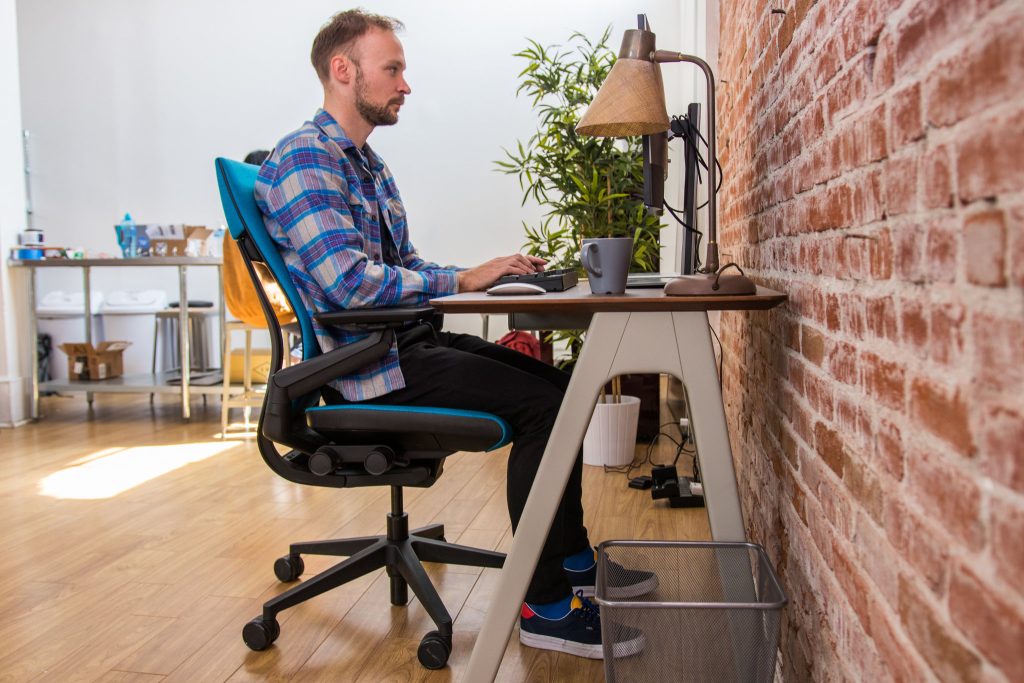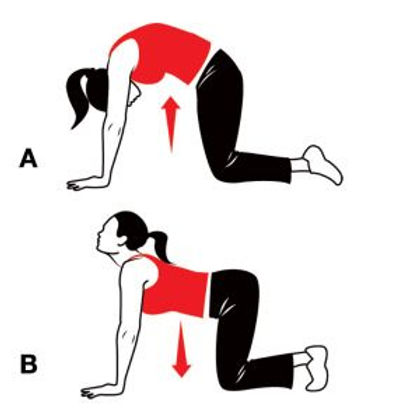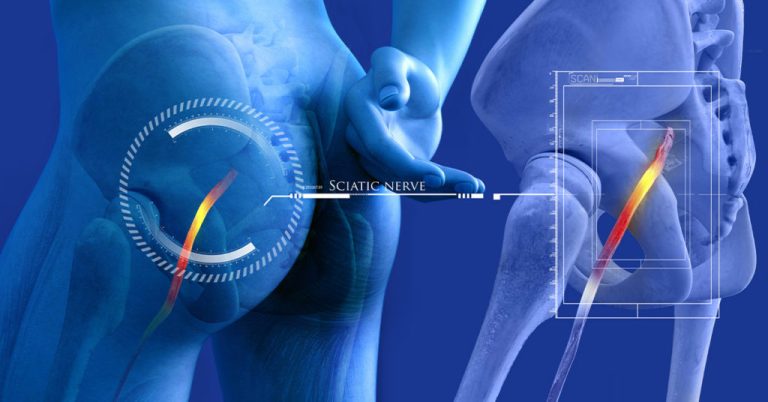Is Sitting Indian Style Bad for Sciatica ?
Introduction
Sitting Indian style is not inherently bad for sciatica. However, it can worsen symptoms depending on individual conditions.
Sciatica is a condition caused by irritation of the sciatic nerve. Patients often experience sharp pain, numbness, or tingling. Hence, posture plays a crucial role in managing symptoms. One common question is, “is sitting Indian style bad for sciatica?” This article explores that question using scientific evidence, expert opinions, and relevant statistics.
Understanding Sciatica and Its Triggers
First, it’s important to understand what sciatica is. Sciatica is nerve pain that radiates along the sciatic nerve. This nerve extends from the lower back down to the legs. In most cases, it affects only one side of the body.
In addition to pain, symptoms include numbness, tingling, and muscle weakness. Causes vary. Common causes include herniated discs, spinal stenosis, and piriformis syndrome. As a result, certain postures can either help or worsen the condition.
Is Sitting Indian Style Bad for Sciatica: What Science Says

Studies show that prolonged sitting increases pressure on the lower spine. Consequently, this can irritate the sciatic nerve.
A 2019 study published in the Journal of Physical Therapy Science found that seated postures with poor alignment increase nerve root compression. Sitting Indian style may cause internal hip rotation and posterior pelvic tilt. Hence, for some individuals, it may increase pressure on the sciatic nerve.
However, sitting Indian style also stretches the hips and external rotators. These muscles support the spine. Therefore, for certain individuals, this position may offer relief.
Furthermore, a 2021 clinical review in Pain Physician journal revealed that sitting cross-legged may improve pelvic alignment in specific cases. Consequently, the effect varies per person.
Factors That Determine Whether It’s Harmful
First, the duration of sitting Indian style matters. Prolonged sitting can compress nerve roots, regardless of position.
Second, individual anatomy affects the outcome. Those with tight hip flexors or piriformis syndrome may experience worsening symptoms.
Third, body weight and muscle strength influence how pressure is distributed during seated positions.
Pros and Cons of Sitting Indian Style for Sciatica Patients
Pros:
- Promotes hip flexibility
- Engages core stabilizers
- May reduce lumbar lordosis in certain cases
Cons:
- Can cause nerve compression with poor posture
- May lead to hip tightness if held too long
- Difficult to maintain for overweight individuals
Moreover, incorrect alignment while sitting Indian style could worsen sciatica. Equally important, frequent posture shifts reduce nerve stress.
Best Sitting Practices for Sciatica Relief

To prevent aggravating symptoms, avoid long periods in any single posture. Likewise, support the lower back when seated. Use ergonomic chairs. In addition to comfort, these reduce spinal strain. A lumbar support cushion is also beneficial.
In effect, sitting Indian style should be alternated with other positions. Consequently, this minimizes muscle fatigue and nerve stress.
Furthermore, a 2020 meta-analysis in Spine Journal emphasized movement variety as crucial for chronic pain management.
Alternatives to Sitting Indian Style
If sitting Indian style aggravates your symptoms, try these alternatives:
- Sitting with feet flat and knees at 90 degrees
- Reclining slightly to reduce disc pressure
- Using a kneeling chair to align the spine
- Employing sit-stand desks for posture changes
Too much reliance on any single posture can cause pain. Therefore, dynamic sitting is ideal.




Stretches and Exercises to Support Seated Postures
Exercises can alleviate sciatic pain and improve tolerance for sitting. Here are some effective stretches:
- Piriformis stretch
- Seated hamstring stretch
- Cat-cow stretch for spinal mobility
- Pelvic tilts for core engagement
Moreover, consistent physical activity improves circulation and nerve health. Equally important, it helps maintain optimal posture.




Expert Opinions on Sitting Indian Style for Sciatica
Dr. Sarah Johnson, a physical therapist at Johns Hopkins, notes: “Sitting Indian style isn’t bad per se. However, sciatica patients should use caution.” She further explains that some patients benefit, while others find it aggravates their pain. Therefore, listen to your body.
Likewise, Dr. Marcus Lee of the Cleveland Clinic advises alternating postures and using ergonomic aids.
How medcareline.com Helps Sciatica Patients
At medcareline.com, we offer medically reviewed articles on managing sciatica pain. Our guides cover stretches, posture tips, and treatment options. Moreover, we regularly update our content based on the latest research. Hence, sciatica patients find reliable, actionable advice. In addition to sciatica, we cover back pain, nerve disorders, and musculoskeletal health.
Visit medcareline.com to access supportive resources curated by health professionals.
Is Sitting Indian Style Bad for Sciatica: Final Thoughts
In conclusion, the answer depends on individual factors. For some, it can offer relief. For others, it may increase pain. Therefore, monitor your symptoms. If sitting Indian style worsens them, avoid it. Instead, use alternative seated positions.
Furthermore, consult a healthcare professional for personalized advice. Exercises and ergonomic adjustments make a significant difference.nEqually important, move frequently and avoid prolonged static postures.
References:
- Lee JH, et al. (2019). The effects of sitting posture on lumbopelvic curvature and pain. Journal of Physical Therapy Science.
- Smith AB, et al. (2021). Pelvic alignment and sitting styles: A clinical review. Pain Physician.
- Taylor R, et al. (2020). Sitting posture and low back pain: A meta-analysis. Spine Journal.
- American Physical Therapy Association. (2022). Sciatica: Diagnosis and treatment guidelines.
- Cleveland Clinic. (2023). Sciatica Overview and Recommendations.






